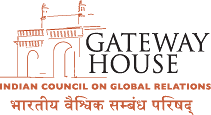 Courtesy: PTI
Courtesy: PTI
Operation Sindoor conveyed three messages: First, to Pakistan that it will have to bear the consequences of continuing to support terrorism. Second, to terrorists, that Bharat will inflict the same pain, if not more, than they inflict on Indian citizens. Third, to the world, that Bharat is resolute in responding to terrorism in a “measured, non-escalatory, proportionate, and responsible” manner.
 Courtesy: Agence France-Presse
Courtesy: Agence France-Presse
India-China relations, undergoing a thaw since October 2024, have been slow to mend. In this scenario it is worth examining what assistance China can give Pakistan in case of military action by India, post Pahalgam. The state of play on the India-China border will also have a major implication for this.
India’s new Agnipath scheme was launched in 2022, which offered young Indians a chance to qualify for four-year military service with 25% possibly being retained for a full service job. How have the ‘Agniveers’ fared now? In this time of multiple wars, how does the Agnipath scheme compare to ones offered globally?
 Courtesy: Times of India
Courtesy: Times of India
The allocation for defence in India’s annual budget for 2024-25 was, for the first time, not included in the budget speech. The country is upgrading its military, with new programmes and schemes, encouraging a start-up domestic defence industry, and reforming the defence research establishment. The separation will allay fears that India’s defence budget is never adequate.
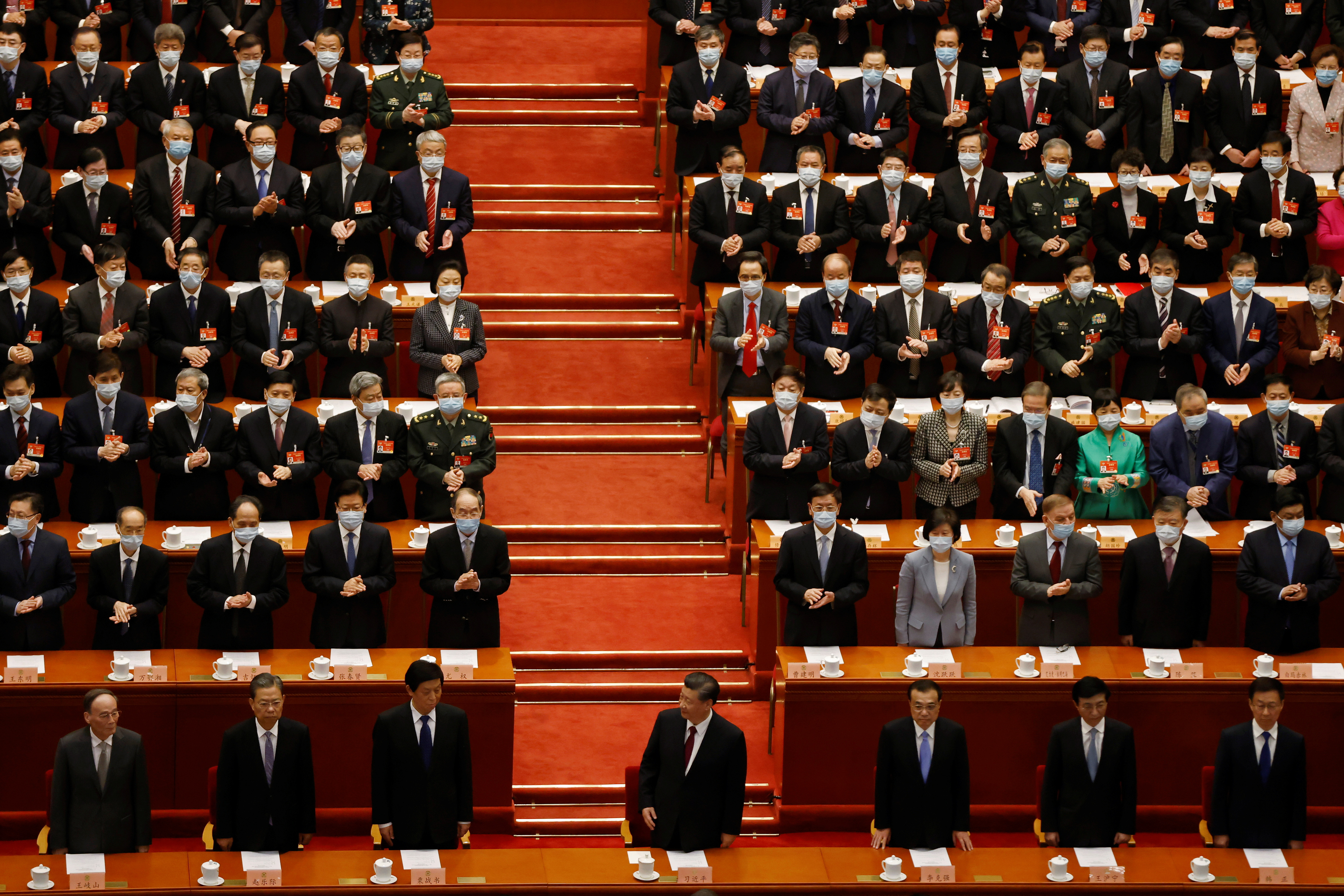 Courtesy: Reuters
Courtesy: Reuters
Two important conclaves held in December 2024 - a Politbureau meeting and the Central Economic Work Conference – set the tone for China’s economic focus in 2025. The economy needs a resurgence, given the domestic environment of low spending and the external threat of high tariffs – the outcome of swapping development for security. In 2025, China’s mandarins will try and find a balance between the two.
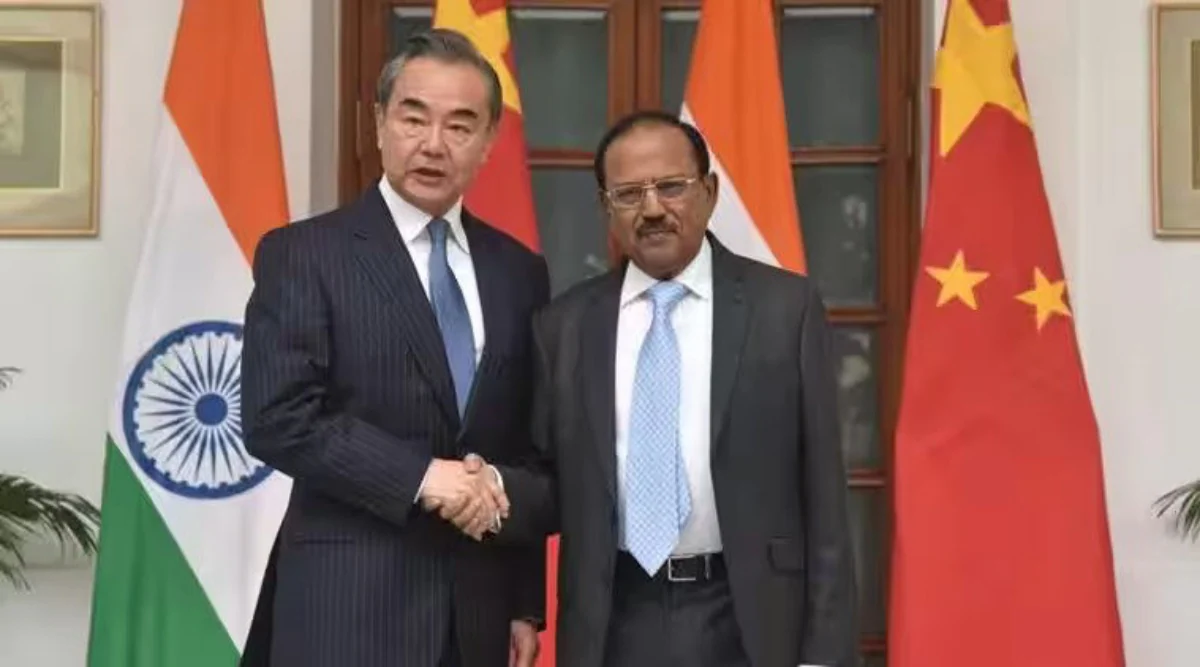 Courtesy: Indian Express
Courtesy: Indian Express
On December 18, India’s National Security Advisor Ajit Doval and Chinese Foreign Minister Wang Yi met in Beijing. This came two months after Prime Minister Modi’s bilateral meet with President Xi on the sidelines of the BRICS Summit in Russia. Lt Gen S L Narasimhan, Adjunct Distinguished Fellow, National Security and China Studies, discusses recent developments in India-China ties and how New Delhi can manage its complex relationship with Beijing.
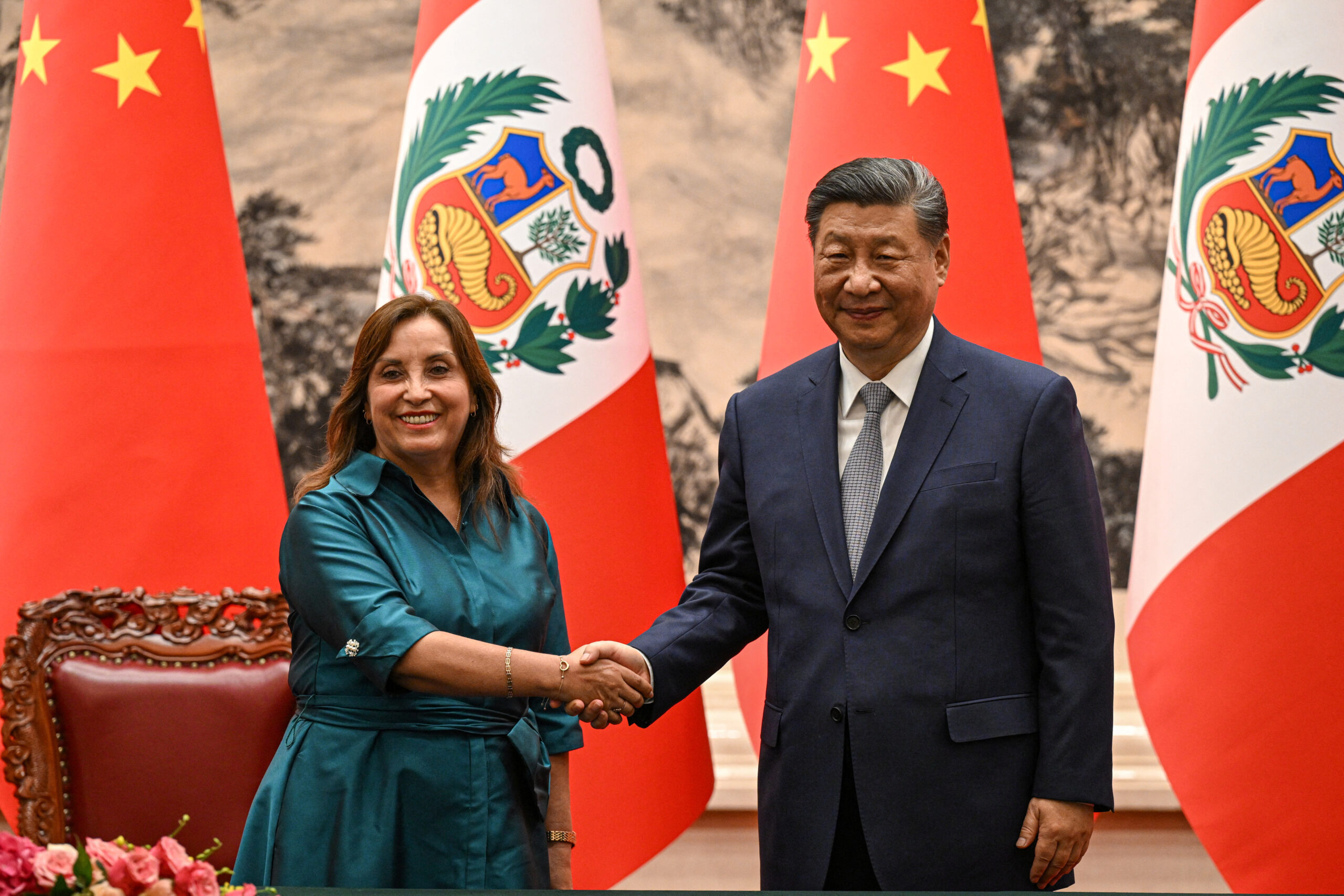 Courtesy: Atlantic Council
Courtesy: Atlantic Council
Xi Jinping’s visit to South America to attend the APEC and G20 meetings had multiple goals. To inaugurate a new gateway for China in Peru’s Chancay port, sign three dozen cooperation agreements with Brazil, and make nice with the continent’s nations from Chile to the Honduras. Did it succeed in expanding China’s influence in the region? Most certainly, yes.
 Courtesy:
Courtesy:
There is much discussion these days on the world order and the continuation or demise of the current format. To understand why this powerful agglomeration of states and rules is now being questioned, it is necessary to understand the role of China, its co-option of the institutions and rules of the world order, and the parallel order it is creating centred around itself.
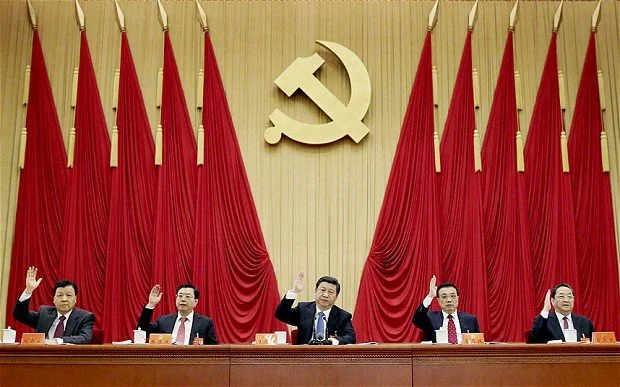 Courtesy:
Courtesy:
China has just announced a grand stimulus for its economy. An analysis of the outcome of the Third Party Plenum held in July, where many of these measures take birth, shows that despite the optimistic planning, China is readjusting its ambitions for future stability.
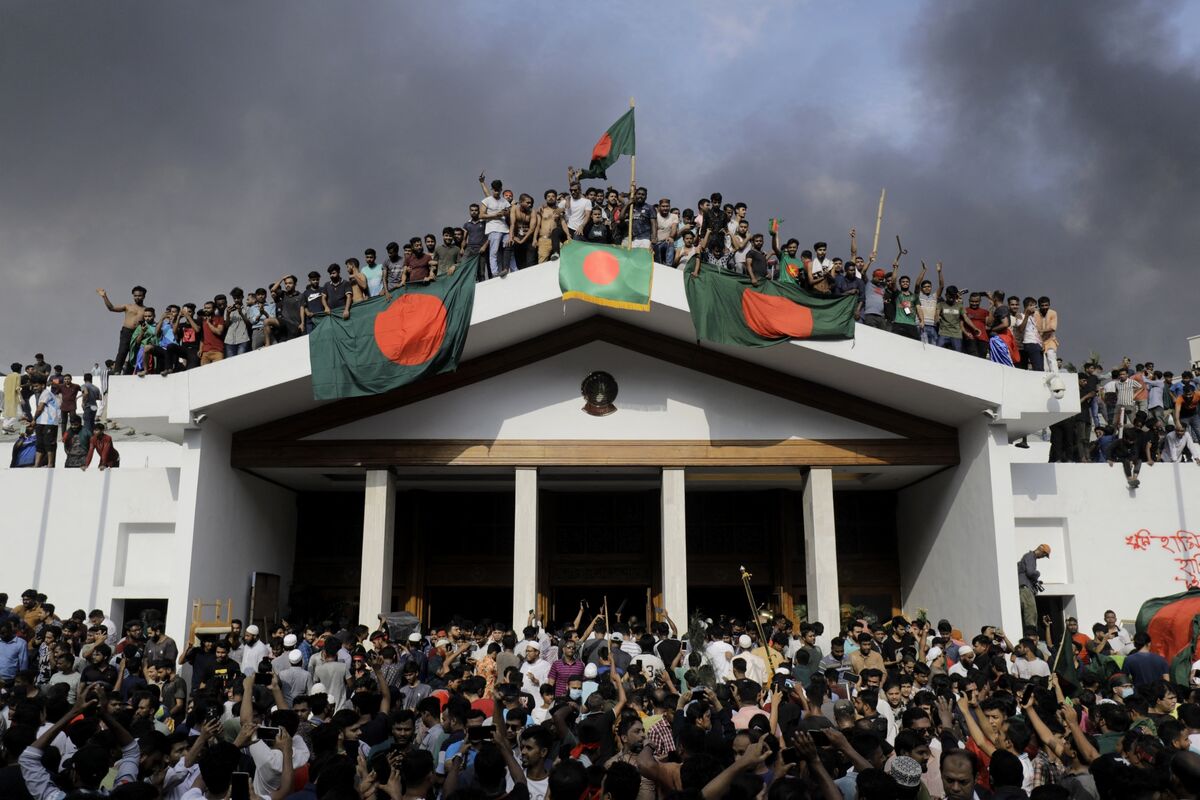 Courtesy:
Courtesy:
Bangladesh Prime Minister Sheikh Hasina's forced resignation on August 5 came amidst prolonged and violent anti-government protests. Lt Gel S L Narasimhan, the Adjunct Distinguished Fellow for China and National Security Studies, Gateway House, analyzes the role of the army and external actors, and the strategic and security implications for India.
